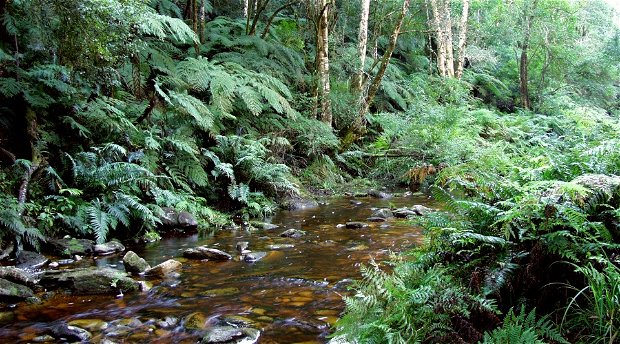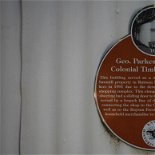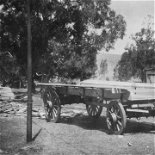How the gold was formed

Some Notes on Lode Gold Mineralisation at the Millwood Gold Field
By Fred van Berkel, geologist (Rtd.)
Vein or Lode Deposits
Gold at Millwood is hosted in narrow, discrete and discontinuous quartz veins which are emplaced in structurally-controlled zones (faults and shears) in the ferruginous brittle rocks (quartzites) of the Tchando Subgroup. These vein deposits are usually referred to as lode deposits.
Mode of Formation
Sediment dewaters during diagenetic compaction at depths of 5 to 10 km. This hot fluid, which is rich in halides (NaCl), circulates slowly upwards through a plumbing system consisting of fractures, faults and other permeable zones in the Earth’s crust. (Diagenesis = “the process that describes physical and chemical changes in sediments caused by increasing temperature and pressure as they get buried in the Earth's crust.”)
In the Millwood area, this hydrothermal fluid (super-heated water, 200 - 300°C), dissolves trace amounts of metals (gold, arsenic, antimony, etc.) from the surrounding Kaaimans and Cape Supergroup sediments. On cooling in near-surface (1 – 5 km) fractures, pressure, temperature and other conditions (Eh/pH) are favourable for precipitation and deposition of minerals.
- The presence of iron in the Tchando Subgroup played a major role in the precipitation of the metallic gold from the gold chloride in the hydrothermal fluid.
- The Peninsula quartzite is iron-poor and hence not favourable for gold precipitation from hydrothermal solution.
Characteristics
Veins consist of quartz (milky quartz or chalcedony), often displaying banding parallel to the walls of the vein. Minor amounts of calcite, pyrite, arsenopyrite and other gangue minerals may be present. Gold is rarely visible!
Veins range in thickness from a few centimetres to metres. They can be hundreds of metres long, and can extend to depths of 1,500 m.
Gold mineralisation within the quartz vein is erratic, commonly occurring in small ‘shoots’ within the quartz vein. A barren quartz vein may contain a rich ore shoot just below the surface.
Present-day prospectors rely on pathfinder elements such as antimony, mercury, arsenic or silver, which are enriched in the rocks adjacent to the quartz veins.
The Millwood Gold deposits are classified as mesothermal gold mineralisation.
Millwood gold mineralisation is spatially associated with structures (the plumbing system) formed in a convergent (colliding) plate margin setting: the Cape Fold Belt (330 Ma).
The underlying mechanism of the Millwood gold mineralisation is thus Plate Tectonics.
Plate tectonics
Watch the video below for a longer look at the phenomenon of plate tectonics, or watch from 4:10 for a look at the last 140 million years; you can clearly see how the landmasses pulled apart to form the geography of the Garden Route as we know it today.

























Share This Page